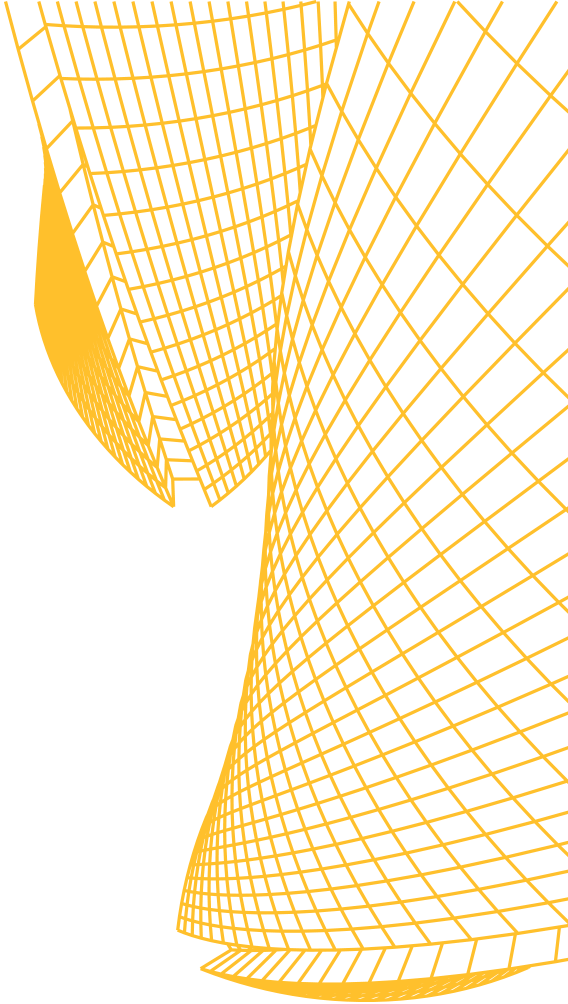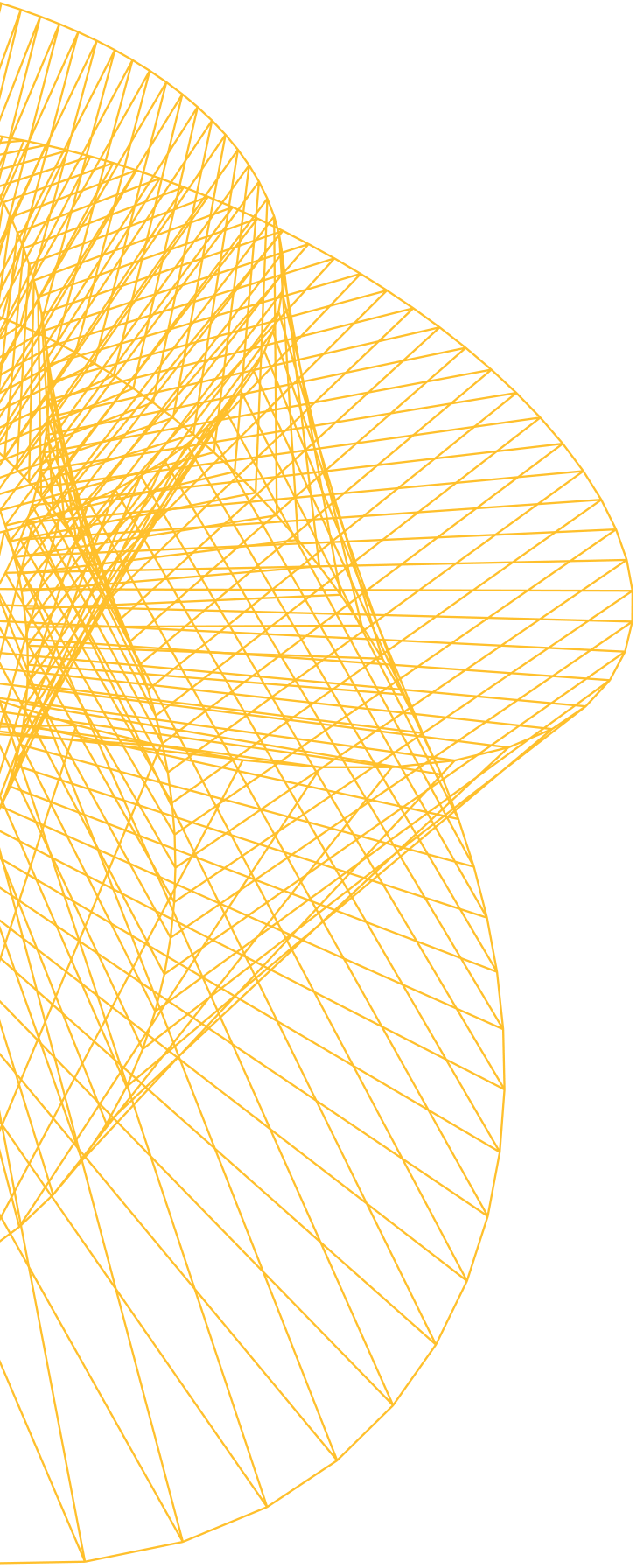Subtractive
Alongside additive manufacturing technologies, PrintCity also has subtractive capabilities in a variety of machines.
Milling
A 3-axis computer numerical control (CNC) milling machine, the DATRON neo is designed to allow flexibility in machining prototypes or short runs as opposed to large batch runs usually performed by larger machines.
It is equipped with a 24-station automatic tool changer, a spindle speed of up to 40,000 RPM and a working area of 500mm x 400mm.
1 x DATRON neo [500×400]
Waterjet Cutting
PrintCity also accommodates a small but industrial calibre computer numerical control (CNC) waterjet cutter.
The machine can cut many materials such as, metal, glass, plastic, composites, foam, rubber, and tile. With this material versatility the machine is used for many prototyping applications, tooling, jigs and fixtures and repeatable low volume production.
1 x Wazer [305×460]
Laser Cutting
Small scale laser cutting is possible at PrintCity to a maximum size of 495mm x 280mm. It is a tool used to cut into a flat material with a thin, focused laser beam.
The Glowforge pro machine can also engrave and score a variety of materials including, plywood, acrylic, leather, cardstock, and paper.
1 x Glowforge Pro [495×280]
Vacuum Forming
Small scale vacuum forming is possible at PrintCity to a size of 200mm x 200mm. A plastic sheet is heated to a temperature at which it is pliable, a vacuum is used to remove air between the heated plastic material and the template to create the form, capturing shape, details, and surface features.
The Mayku FormBox is compatible with multiple materials including flexible, resin resistant and food safe plastics. Vacuum forming is an ideal application to create custom packaging and moulds for end use or to be used as a tool for further manufacturing.
2 x Mayku FormBox [200×200]
Get in touch
If you're interested in working with us, or have questions about studying with us please get in contact.

Our Equipment

